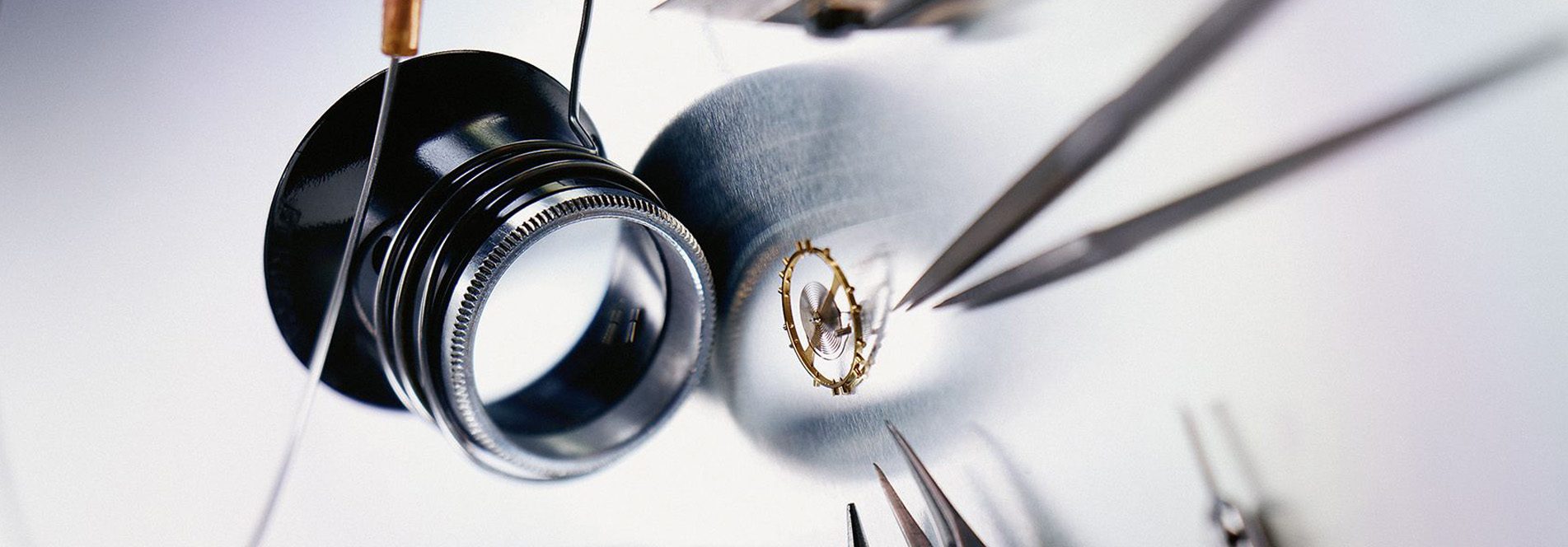
The fully automatic mechanical watch is operated by an automatic winding mechanism that automatically tightens the spring in any direction (see transparent bottom cover). It is conceivable that only the watch is worn on the hand, and as the arm moves, the automatic tow also rotates to generate energy.
In general, fully automatic watches should be worn for more than 8 hours a day to compensate for the energy of the spring, but this is not absolute. It is recommended to wear the watch during the holiday and the watch will not stop if the wearer continues to exercise. Today, people working in the office are very common. The watch often stops. In addition to exercise, the wearer lacks exercise and does not add enough energy to the clockwork. Therefore, you can use the manual winding method to make up for it.
The manual winding method can be used to compensate for the lack of energy in the watch. If the watch is not enough to provide enough energy for the watch, it can be compensated by manual winding. If the watch is not worn for more than 30 hours, the crown must be rotated 30 times to re-start the movement system of the movement.
The waterproof test is to check whether the waterproof performance meets the standards shown in the watch, and the standard waterproof is acceptable. The reason why this watch enters the water is caused by improper use. The temperature requires the waterproof performance of the watch. In general, it is not suitable to use the watch at a high temperature of 45 degrees; sudden changes in temperature and heat may cause the waterproof watch to enter the water. After entering the water meter for several hours, the waterproof performance is acceptable when returning to normal temperature. At this point, the water in the table is still not available and should be processed at the authorized service station of the brand as soon as possible. Since the watch is a precision instrument, the movement causes the movement to rust and stop.
The allowable error of a typical mechanical watch is approximately 30 seconds per day, depending on the movement used in the watch. If there is a clear error standard in the instruction manual of the watch, it should be based on this; if no specific error standard is specified, it should be based on the national standard. Mechanical watches are usually considered to be 30 seconds/day.
The day calendar can be adjusted. The main problem is that the watch is fast/slow for 12 hours. For example, the actual time is 11:00 am and the watch is 11:00 pm the previous day. The hour hand turns one week, that is, the afternoon turns to the morning.
Due to the high aesthetics and durability of the belt watch, the belt is subjected to high pressure treatment. Therefore, the belt of the new watch will be more difficult to wear at the beginning and will become soft after about two weeks of wearing.
For watches with luminous function, the night light needs to absorb light energy to release the night light. If the luminous coating does not absorb light energy during the day, then there is not enough energy to emit the night light. You can use the flashlight to illuminate the dial for about 30 seconds to observe the luminous effect.
In general, stainless steel does not rust, but everything is relatively speaking. There are many types of stainless steel, and the materials used for the case and the strap are mainly stainless steel containing nickel, chromium and titanium. Nickel and chromium are afraid of strong acid attack by strong alkali. The sweat discharged from the human body contains hydrochloric acid and is worn on the hands. If it is eroded by sweat for a long time or the acid and alkali salts are accumulated and not rubbed, the case and the strap will gradually appear rust, especially the back cover is concave. The place is most likely to appear. Therefore, you should pay attention to the maintenance of the watch, often wipe off the dust on the case, sweat and so on. In addition, care should be taken to avoid wearing the watch in strong acid and alkali.
There are currently no watches in the world for hot baths and saunas. The temperature difference between the above two conditions and the waterproof test is too large. What needs to be reminded is that solid materials have the property of thermal expansion and contraction. After thermal expansion, there will be tiny gaps when cold shrinks, and water will enter into the gap, causing the watch to enter the water. There is no water in one or two times, indicating that the watch has good waterproof performance. In the long run, it will accelerate the aging of the waterproof parts, and the water in the watch may happen at any time. The national warranty for watches is generally one year. Similarly, the waterproof life of watches is usually only one year.
50M waterproof means that the watch can withstand 3 atmospheres. Its standard premise must be under laboratory conditions, temperature: 20~25 degrees Celsius, water and watch are still. When swimming, the watch and the water are in relative motion. The pressure of the water on the watch is likely to exceed the pressure of 50M water depth, and the danger of the water entering the watch is very large. It is recommended to swim with a 100M waterproof watch, and the insurance factor is relatively large.
The sapphire glass for watches is man-made and its main component is alumina. The hardness reaches Mohs 9, which is second only to natural diamonds. If you encounter a substance that is harder than it (or the same substance rubs against each other), it will also be scratched. Scratches cannot be polished and only new parts can be replaced.